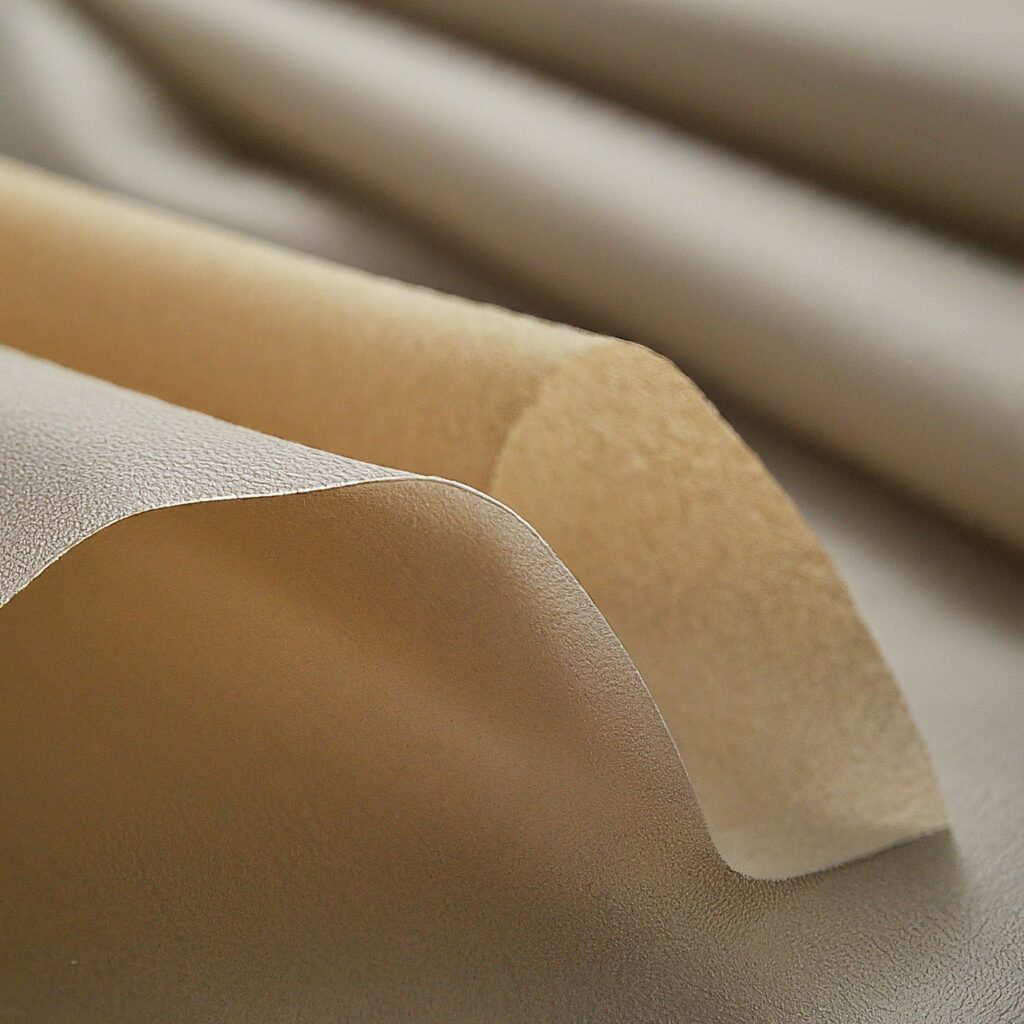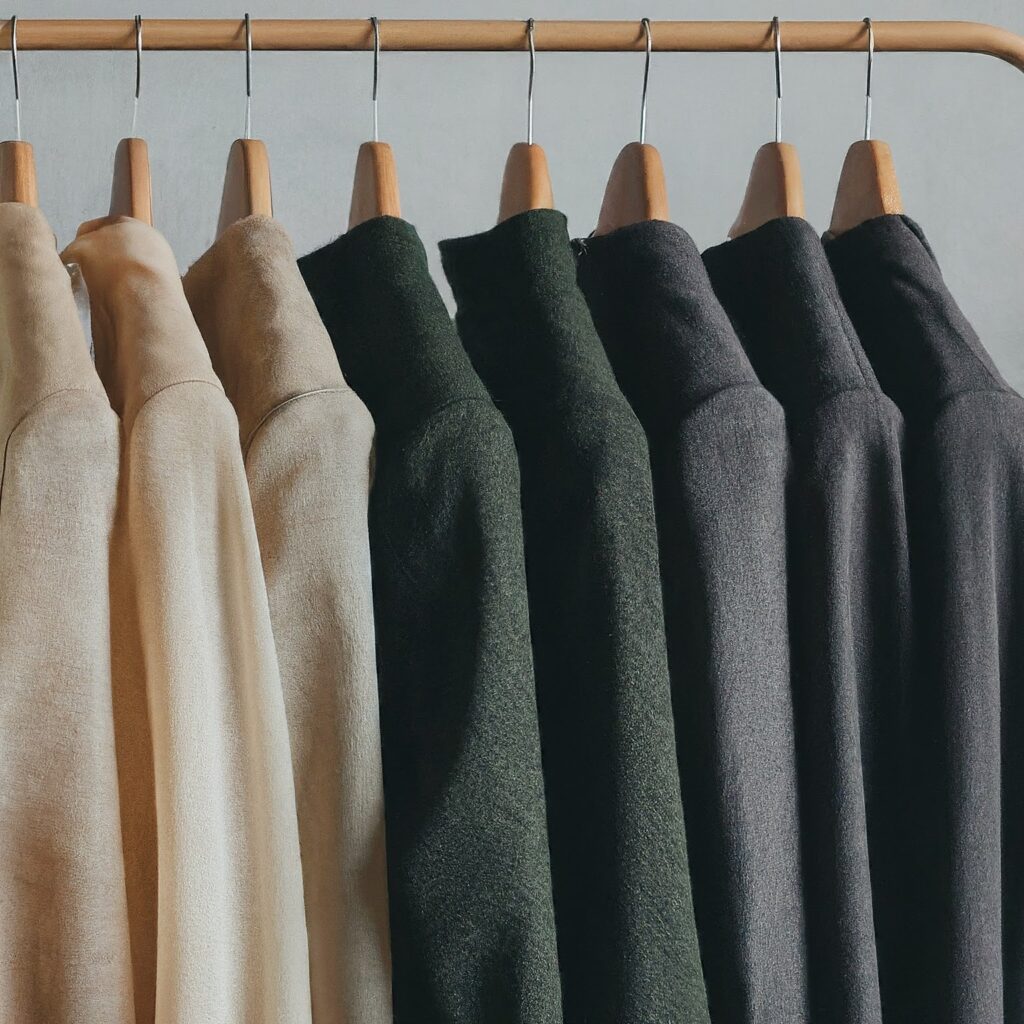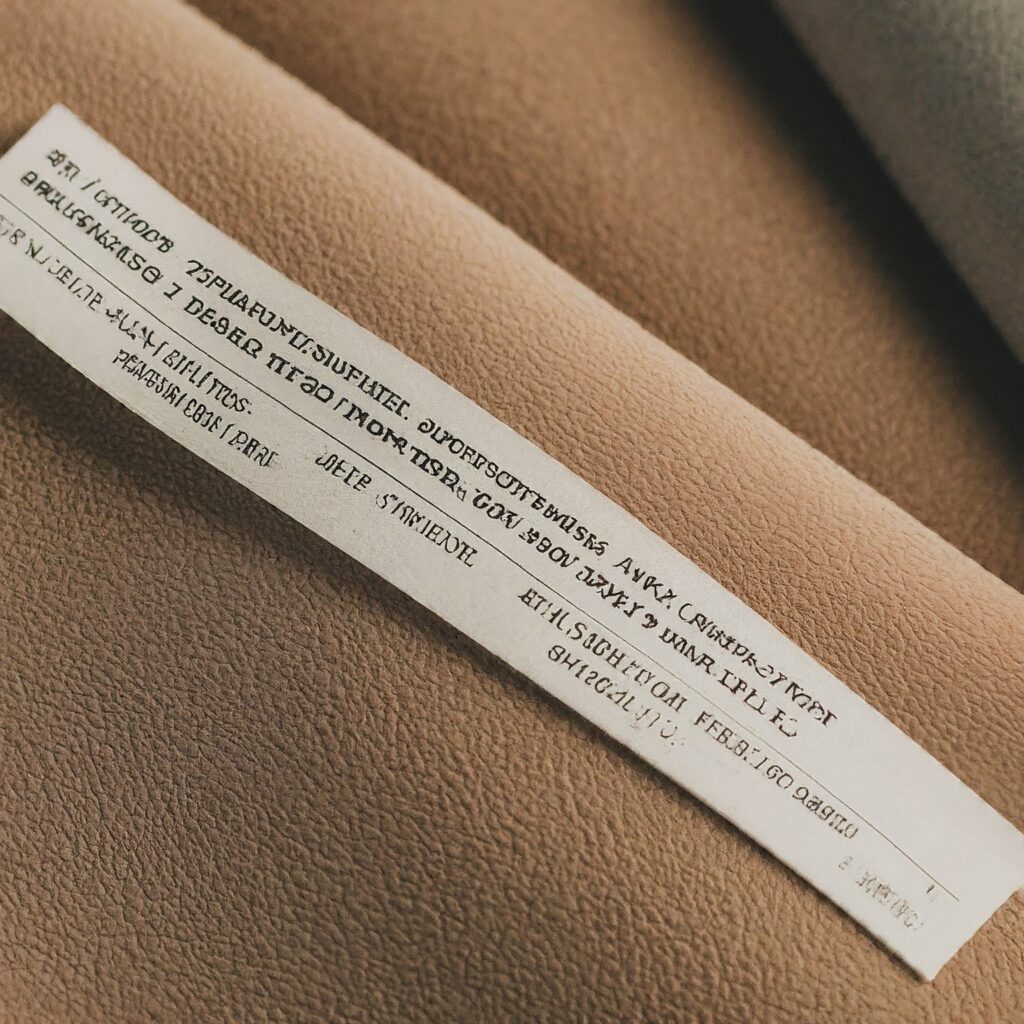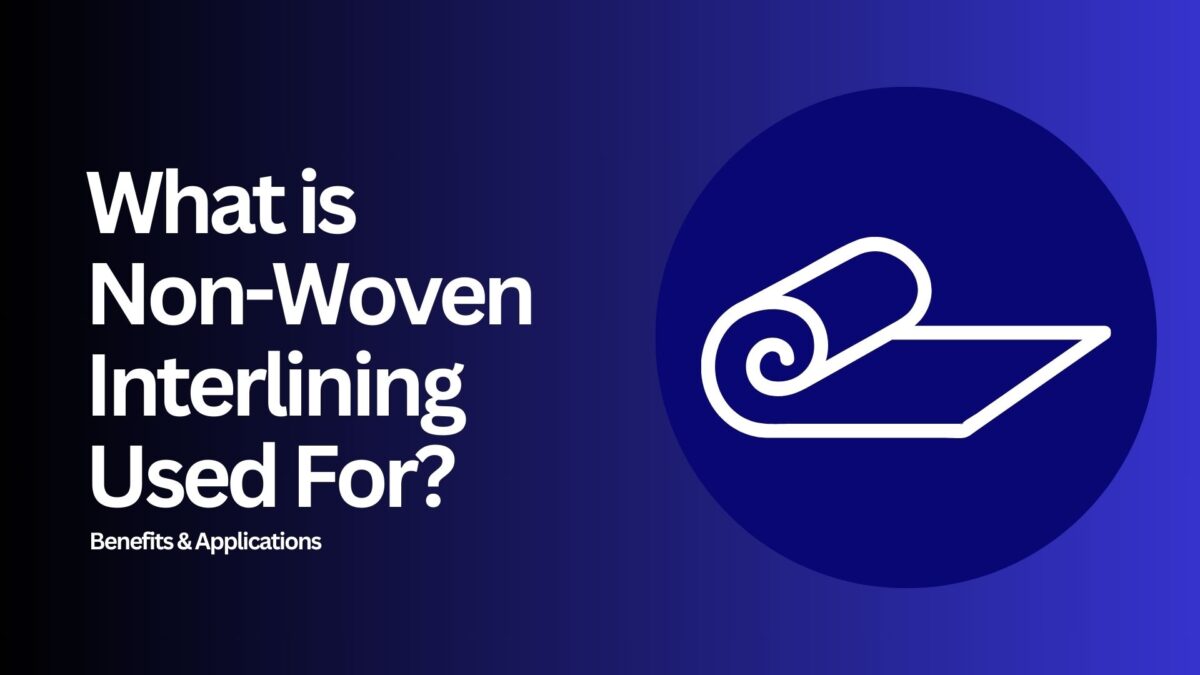What is Non-Woven Interlining Used For? | Benefits & Applications
If you’re into sewing or making home textiles, you may have heard about non-woven interlining. But what is it, and how can it be used? In this article, I’ll explain what non-woven interlining is, where it’s used, and how it can make your projects better. Whether you’re working on clothes, home items, or craft projects, knowing about non-woven interlining can help you get great results.

Table of Contents
- Understanding Non-Woven Interlining
- Key Benefits of Non-Woven Interlining
- Key Uses of Non-Woven Interlining
- Common Uses of Non-Woven Interlining
- Choosing the Right Non-Woven Interlining
- Conclusion
Understanding Non-Woven Interlining
Non-woven interlining is a fabric-like material made by bonding fibers together rather than weaving or knitting them. It’s a versatile product with a wide range of applications in the garment industry and beyond.

Key Benefits of Non-Woven Interlining
- Versatility: It can be used in a variety of garments and products.
- Lightweight: Non-woven interlining often adds minimal weight to the final product.
- Cost-effective: It’s generally more affordable than woven interlining.
- Easy to work with: It’s flexible and easy to cut and sew.
- Environmentally friendly: Many non-woven interlinings are made from recycled materials.
Key Uses of Non-Woven Interlining
1. Apparel Manufacturing
In making clothes, non-woven interlining is used for:
- Collars and Cuffs: It helps them keep their shape.
- Jackets and Coats: It adds support and helps them fit better.
- Dress Linings: It makes the inside of dresses smooth and supportive.
Using non-woven interlining in clothing helps create a polished look and improves how the garment feels. It’s a type of interlining in garments that’s especially useful for adding structure.

2. Home Textiles
For home items, non-woven interlining is useful for:
- Curtains and Drapes: It helps them hang better and can also provide some insulation.
- Bed Linens: It makes bedspreads and pillowcases more durable.
- Tablecloths: It gives them a smooth finish and extra weight.
In home textiles, non-woven interlining makes items look nicer and last longer. It’s a key component of lining and interlining fabric used in these products.
3. Upholstery
In furniture, non-woven interlining is used for:
- Furniture Covers: It makes them sturdier.
- Cushions and Pillows: It helps them keep their shape.
- Headboards: It provides a smooth finish and adds padding.
For upholstery, non-woven interlining helps create strong and attractive furniture pieces. It’s often used in place of woven interlining fabric.
4. Crafts and DIY Projects
In crafts, non-woven interlining can be used for:
- Quilting: It adds stability to quilt blocks.
- Bag Making: It gives bags and totes their shape.
- Home Décor: It improves the look and durability of decorative items.
For crafting, non-woven interlining is versatile and easy to use. It’s a great choice for various crafts and DIY projects.

Common Uses of Non-Woven Interlining
- Garments: Non-woven interlining is commonly used in jackets, coats, vests, and other outerwear to provide structure and warmth. It’s also used in shirts, blouses, and dresses for body and shape.
- Home furnishings: Upholstery, curtains, and blankets often incorporate non-woven interlining for support and insulation.
- Automotive industry: Car interiors, seat covers, and headliners can benefit from the properties of non-woven interlining.
- Medical and hygiene products: Non-woven interlining is used in disposable garments, masks, and other healthcare products.
- Industrial applications: Filters, insulation, and geotextiles often utilize non-woven interlining.
Choosing the Right Non-Woven Interlining
Selecting the correct non-woven interlining depends on several factors:
- Garment or product type: The intended use will determine the required weight, thickness, and stiffness.
- Fabric weight: The outer fabric’s weight should be considered when choosing interlining fabric.
- Desired properties: Whether you need warmth, structure, or breathability, different interlinings offer varying characteristics.
- Cost: Non-woven interlinings come in a range of price points.

Conclusion
Non-woven interlining is a flexible and useful material for many different projects. Knowing how and where to use it can help you make better clothing, home items, and craft projects. Whether you’re sewing a new jacket, updating your home décor, or working on a craft project, non-woven interlining can make your work look and feel great.
Link of related Articles
- Demystifying Non-Woven Interlining: Types, Weights, and Applications
- Woven vs. Non-Woven Interlining: The Ultimate Guide for Sewists

